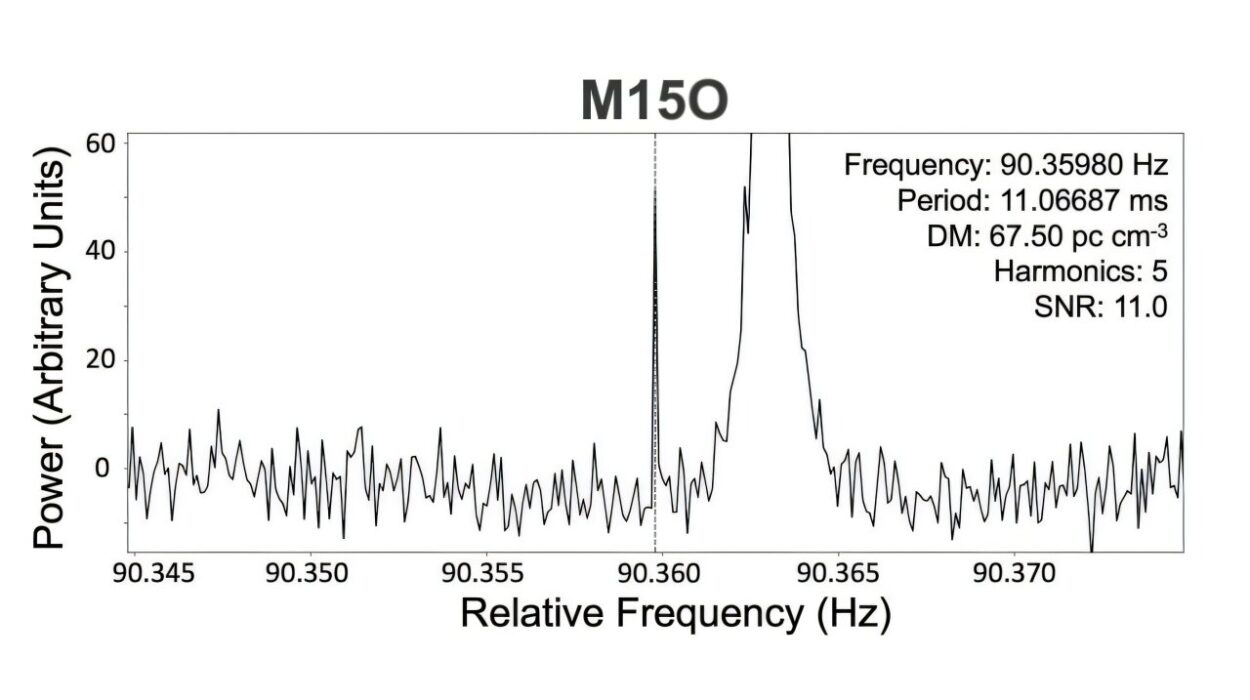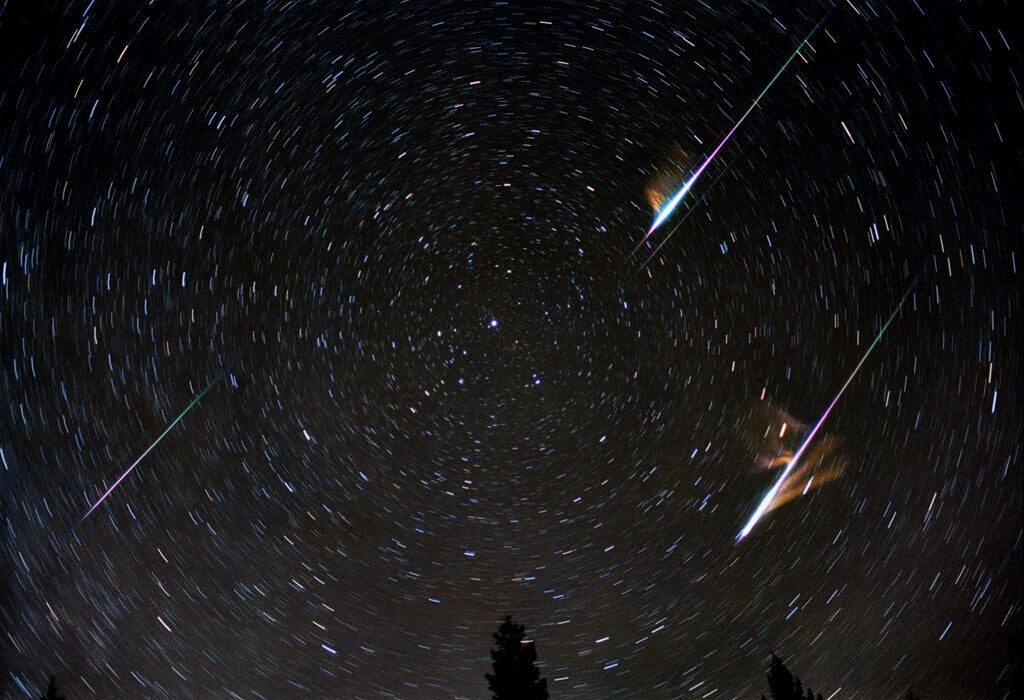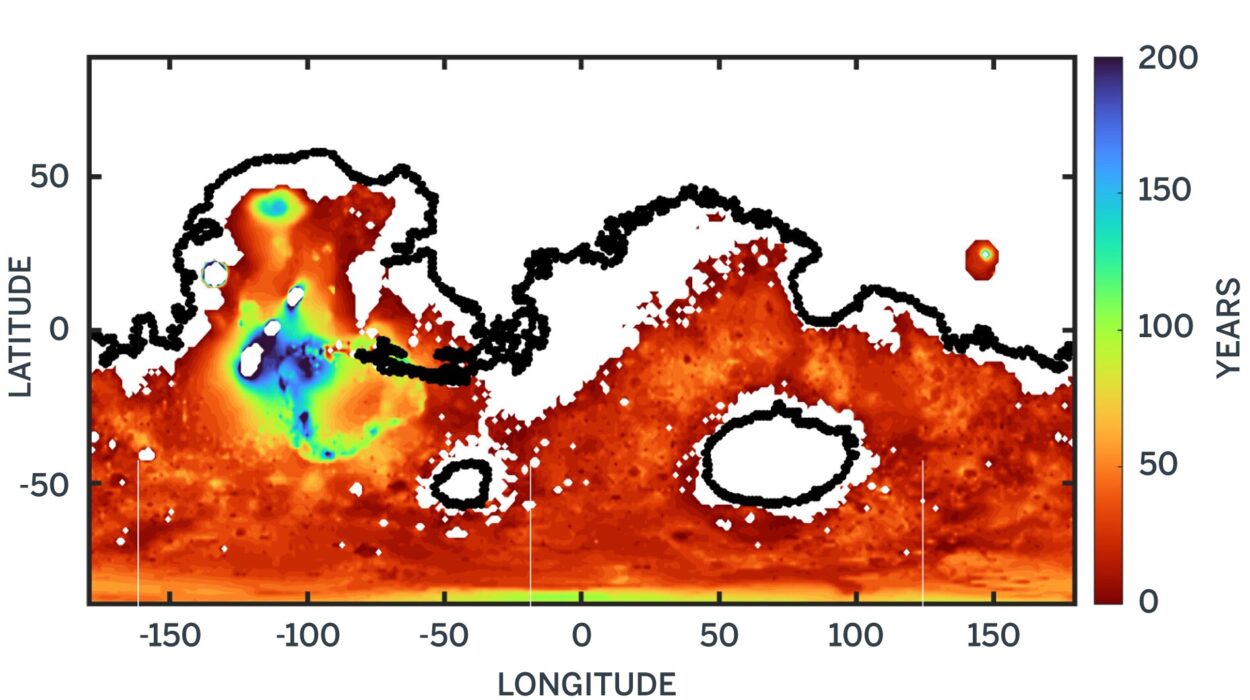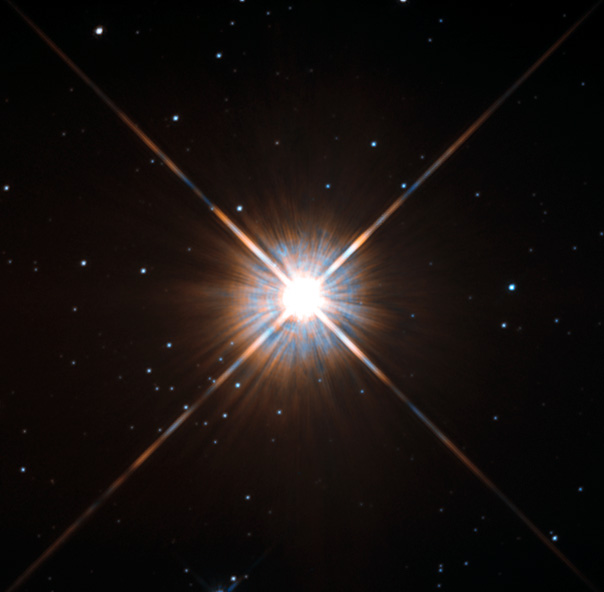In June 2024, the Chang’e-6 mission made history. For the first time, humanity brought back samples from the far side of the Moon—the mysterious hemisphere that never faces Earth. When the return capsule landed in Inner Mongolia carrying about two kilograms of lunar soil, it wasn’t just another triumph of space exploration. It was the beginning of a story that could change how we understand the origins of water—and perhaps even life—in our solar system.
For decades, scientists have wondered how Earth, a small rocky planet born from a fiery cloud of dust and gas, came to possess the water and organic ingredients that make life possible. The Moon, barren and silent, seemed like an unlikely place to find clues. But now, the tiniest grains of dust from Chang’e-6 are whispering a revolutionary tale—one that reaches back billions of years to the birth of worlds.
A Hidden Record in Lunar Soil
Unlike Earth, the Moon has no thick atmosphere, no wind, and no rain to erase its ancient scars. Every meteorite that has struck its surface—whether a massive asteroid or a tiny pebble—has left a lasting mark. This makes the Moon a kind of cosmic archive, preserving evidence of what has fallen upon it for billions of years.
The samples collected by Chang’e-6 came from the Apollo Basin, a vast crater on the far side of the Moon. Inside that fine gray dust, scientists hoped to find microscopic remnants of material from the early solar system—particularly from a class of meteorites known as carbonaceous chondrites. These space rocks are time capsules, containing the same water-bearing minerals and complex organic compounds that once rained down on the young Earth.
The Fragile Messengers from Space
On Earth, we know a great deal about meteorites because thousands of them have been collected and analyzed. Yet there’s a problem: our planet’s thick atmosphere acts like a fiery filter. When meteorites plunge toward Earth, friction burns away the most delicate ones—especially those rich in water and carbon. The meteorites that do survive tend to be dry and robust, leaving our understanding of early solar system chemistry incomplete.
The Moon, however, tells a different story. With only a whisper of an atmosphere, it preserves what Earth destroys. Every fragile particle that lands on its surface remains largely untouched for eons. That’s why the Chang’e-6 samples are so extraordinary—they allow scientists to study the types of space rocks that would never survive a fall through Earth’s skies.
Discovery in Two Grams of Dust
From the treasure trove of lunar soil, researchers analyzed just two grams—a tiny pinch of gray powder. Yet within that dust, they made an astonishing discovery: seven microscopic relics of carbonaceous chondrites, known as CI-like meteorites.
Under powerful microscopes, these fragments revealed telltale signs of their alien origins. Their textures and mineral compositions did not match any known lunar rocks. Instead, they bore the chemical fingerprints of water-rich asteroids. By measuring the ratios of metals such as iron, manganese, and zinc, scientists confirmed that these particles came from beyond the Moon.
Then, using one of the most sensitive instruments in planetary science—a Secondary Ion Mass Spectrometer (SIMS)—they examined the fragments’ oxygen isotopes. Oxygen, with its subtle variations in atomic weight, acts like a cosmic barcode that can trace a rock’s birthplace. The isotopic signature of these tiny grains matched perfectly with CI chondrites, the rarest and most primitive meteorites known.
A Glimpse into the Early Solar System
This discovery, published in the Proceedings of the National Academy of Sciences, carries enormous implications. CI chondrites are thought to be among the most ancient materials in the solar system—unchanged remnants from the time when the Sun and planets were still forming. They are rich in volatile compounds: water, carbon, nitrogen, and complex organic molecules—the very ingredients necessary for life.
Finding them embedded in lunar soil means that such asteroids were not rare visitors to the early inner solar system. Instead, they may have been frequent travelers, bombarding both Earth and the Moon with life-essential materials.
As the researchers wrote, “The identification of CI-like materials in this study enables us to reassess chondrite proportions in the Earth–Moon system, given Earth’s chondrite collection biases.” In other words, our picture of what kinds of space rocks once rained down on our planet has been incomplete. The Moon’s quiet surface has preserved the evidence Earth lost.
The Moon as Earth’s Cosmic Mirror
For generations, scientists have viewed the Moon as a silent witness to our planet’s history—a body formed from the same primordial collision that shaped Earth itself. The Chang’e-6 findings now give that relationship new meaning. If the Moon recorded the same meteorite impacts that once showered Earth, then its surface holds a mirror to our own early history.
The CI-like fragments suggest that Earth was struck far more often by water-rich asteroids than previously believed. Each impact would have delivered precious cargo: not just water, but the organic molecules that can assemble into amino acids, sugars, and other building blocks of life.
It paints a picture of a young Earth bombarded by cosmic messengers—icy bodies from the outer solar system bringing the raw materials that would one day give rise to oceans, clouds, and living cells.
Rethinking the Sources of Life’s Ingredients
For decades, scientists have debated the origins of Earth’s water. Did it form from hydrogen and oxygen deep within the planet? Did it arrive on comets, which are icy and volatile-rich? Or was it delivered by asteroids like the CI chondrites?
The new evidence from Chang’e-6 tilts the scales toward the asteroid hypothesis. Water-bearing asteroids, once thought to be rare, may have played a much larger role in shaping our planet’s chemistry. The Moon’s preservation of their fragments suggests that these volatile-rich impacts were common in the early solar system.
This realization not only changes how we think about Earth’s formation but also broadens our understanding of where else life could arise. If such asteroids were widespread, then many worlds—Mars, Europa, Enceladus, or distant exoplanets—might also have received similar deliveries of water and organic matter.
A Triumph of International Science
The Chang’e-6 mission marks a milestone in both Chinese space exploration and global collaboration. While China led the mission, the analysis of the lunar samples involved researchers from multiple countries, including those who specialize in meteorites, isotopic chemistry, and planetary geology.
Their collective work exemplifies how science transcends borders. Each grain of moon dust, analyzed atom by atom, represents years of technological innovation and human curiosity. It is a testament to how far we’ve come since humanity’s first steps on the Moon—and how much farther we can go when we explore together.
The Instruments That See the Invisible
One of the unsung heroes of this discovery is technology itself. The SIMS (Secondary Ion Mass Spectrometer) used to analyze the fragments can detect isotopic differences at a precision of one part in a hundred thousand. By bombarding the samples with a focused ion beam, scientists can measure how atoms are arranged and identify their exact origins.
This level of detail allows researchers to distinguish between lunar material and extraterrestrial dust with near certainty. It’s like reading a cosmic fingerprint etched into a grain smaller than a strand of hair.
Such tools are revolutionizing planetary science, allowing us to extract vast stories from microscopic evidence. The Chang’e-6 study is a perfect example of how advanced technology and human insight combine to unlock the universe’s secrets.
More information: Jintuan Wang et al, Impactor relics of CI-like chondrites in Chang’e-6 lunar samples, Proceedings of the National Academy of Sciences (2025). DOI: 10.1073/pnas.2501614122






